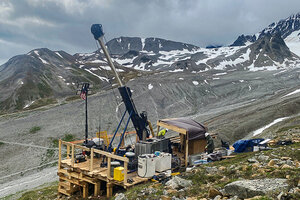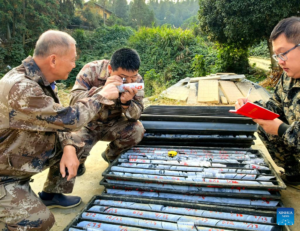Lenders are relying more heavily on property data collectors to gather information for low-risk loans, hybrid appraisals, and bifurcated appraisals. Because this is causing concern in the appraisal profession that property data collectors will replace appraisers, we wanted to show how this isn’t really possible because there is such a large gap between the education, experience, and work required of the two roles. Let’s look at appraisals versus property data collection to see how they differ.
Appraisers and property data collectors: Education
First, let’s look at the education requirements and pre-requisites in place to become an appraiser or a property data collector and keep the designation.
Appraisers
While every state has specific requirements in place, the Appraiser Qualifications Board of the Appraisal Foundation has minimum recommendations in place that all states have adopted. So, to become an appraiser trainee, you need a minimum of 75 hours of qualifying education before you can even start working in the field with a supervisor.
After you get your Trainee License, you’ll need a minimum of 75 more hours of qualifying education and must pass the National Uniform Licensing and Certification Exam. Once you’re licensed or certified, your state has continuing education requirements you’ll need to fulfill to maintain your professional license.
Property data collectors
Property data collectors must show they are trained to meet specific GSE requirements, including the expectations of the role, what data points are required in a property data report, and how to collect data effectively and accurately.
At McKissock, we offer this education in a six-hour course ending in a competency examination. Individuals who pass the course will receive a certificate of completion. Once they’ve received that, there are no continuing education requirements in place.
Appraisers and property data collectors: Experience
While appraisers need significantly more education, what about experience? Let’s compare how much experience both groups need.
Appraisers
Again, using the AQB’s minimum recommendations, trainee appraisers need a minimum of 1,000 hours of experience supervised by a Certified Residential or Certified General Appraiser Supervisor to get their license (along with their qualifying education and a passing score on the National Uniform Licensing and Certification Exam). They will need even more hours to earn a Certified Residential or Certified General credential.
Property data collectors
Property data collectors don’t need any supervised experience or hands-on training to start working. Their training is typically done by the lender or AMC that engages their services, as it is usually specific to a particular application or technology.
Appraisers and property data collectors: Getting results
While the education and experience requirements between appraisers and property data collectors are incredibly different, what about the work itself? Finally, let’s look at what each role entails.
Appraisers
An appraiser’s job is to determine the fair market value of a property using a variety of methods, but frequently, this includes comparative analysis of surrounding properties following an in-person site visit. The appraiser looks at concrete information, like square footage, building materials, and the types of rooms but then goes several steps further by including property amenities, the condition of the interior and exterior, and any design features, improvements, or other factors that may affect the value of the property.
An appraiser uses property data and neighborhood information as well as their own experience and knowledge to develop an accurate report that truly reflects a property’s value.
Property data collectors
Property data collectors only visit a property and gather standardized data points and take photographs to support their observations. For example, a property data report will include:
Building materials used, like brick or siding, roofing, and flooring
Type and number of rooms, like bedrooms and bathrooms
Obvious safety and structural concerns
Property and building measurements
Presence of outbuildings, fencing, or other elements
They don’t perform additional property research, such as a market analysis. They report facts and observations about a property and don’t give opinions.
Appraisers can work with property data collectors
Property data collectors will never replace the experience, knowledge, and insight that appraisers bring to the able. But the two roles can work together. Property data collectors can provide their reports to an appraiser to use as foundational information in a desktop, hybrid, or bifurcated appraisal. This saves the appraiser time and allows them to focus on the more challenging aspects of a project, like performing research and in-depth analysis.
Also, trainee appraisers can benefit from becoming property data collectors. While this work wouldn’t count toward their experience hours, it does give them the opportunity to get more comfortable going on sites, knowing what to look for, and making thorough observations. Even better, it gives them additional income as they work toward their career goals!
Learn more about hybrid and bifurcated appraisals
Check out our continuing education course, Best Practices for Completing Bifurcated and Hybrid Appraisals. In this elective course, you’ll learn how to apply USPAP guidelines and better understand the use and limitations of hybrid or bifurcated appraisals. This course, along with hundreds of other continuing education courses, is included in our Unlimited Learning Membership.


